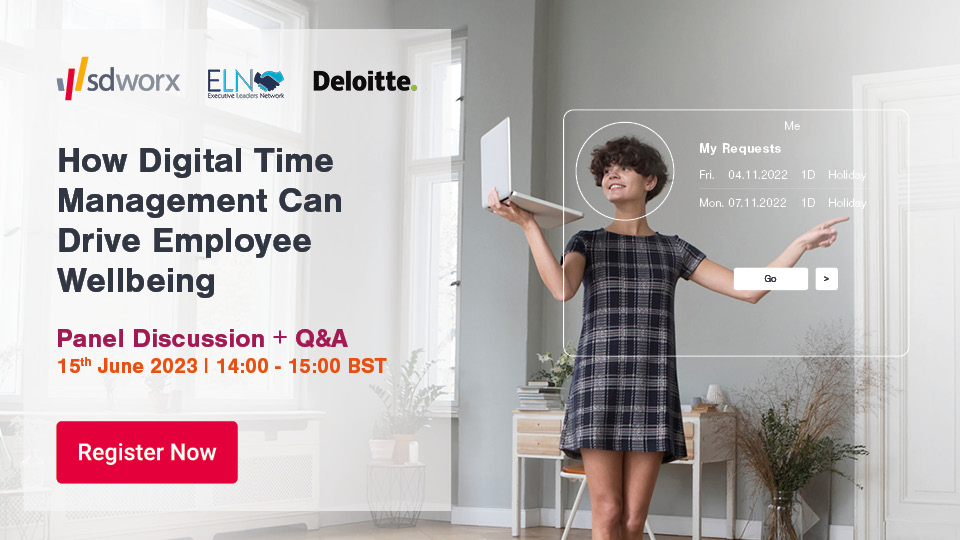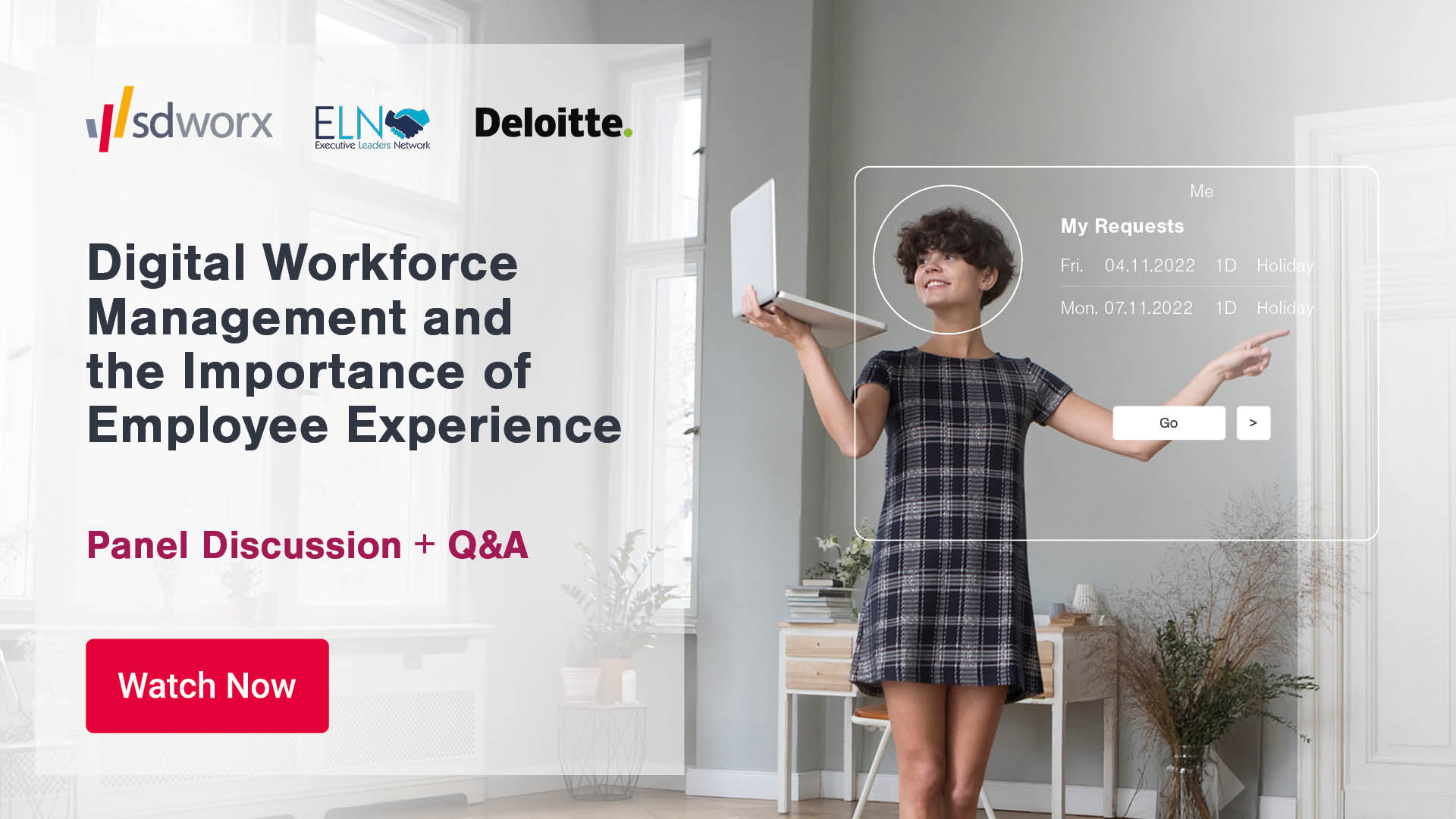
Workforce Management and the War for Talent
Rapid and irreversible change during the pandemic saw businesses scrambling to adapt at a speed not seen before. While underlying, fundamental changes have been occurring for some time, the need to change is now becoming urgent, says HR expert Luc Bossaert from Adessa (part of the SD Worx Group).
We are noticing four evolutions in the companies we communicate with every day:
- Digitalisation, which is strongly affecting HR as organisations look to make significant changes to operational activities.
- The need for better employee experience, in a competitive market where organisations must work hard to retain and attract talent.
- An evolving operational model that needs to manage a growing number of flexible employees, remote and hybrid working, and increased international collaboration.
- A rising demand for operational agility to respond quickly and intelligently to customer needs.
Permanent changes will be an inevitable consequence of all these factors, and being able to meet them with robust and automated processes will enable organisations to grow in the most challenging of climates.
Digitalisation in HR
According to our latest Future of Work and People in Europe Survey 2021, operational efficiency is the biggest priority for HR right now. Organisations are seeking more automation, better resource allocation, improvements to processes and governance, and a reduction in waste and inefficiencies.
HR has had a reputation of being very manual, outdated, and incapable of providing solutions quickly enough, unable to make enough use of data to help move the business forward. Moreover, the digital possibilities have not always been taken into consideration when reconsidering processes. Instead, we see the same process being repeated from paper to digital, which is a significant missed opportunity.
Employee Experience
Our recent research highlighted the top five priorities that companies now have following a post-pandemic review. They all focus on making sure that employees, including flex workers, are aware that employers have their well-being top of mind. Challenges of employee retention and attrition, staff welfare and resilience, staff planning and attracting and recruiting new talent all loom large for employers facing skills gaps and a shortage of high-quality candidates for key roles.
Employee expectations are growing at the same rate as those of customers – after all, employees are also customers of other services when not working.
But processes are still not being analysed and improved before moving to the cloud. The so-called cliff between Sunday and Monday still prevails: employees can easily arrange things on their mobile on Sunday – from buying booking flights to preparing family dinner or playing games – but then the often clunky tech and poor user experience of work systems brings us back to reality on Monday.
When it comes to simple straightforward processes – meaning that employees are paid accurately and on time, that they manage tasks such as booking holiday or sick leave online - it’s important to give the best experience possible to retain and attract employees in a landscape where there is competition for skilled labour.
Operational model
The contingent workforce – a group of flexible employees who are not part of the company’s own personnel – is growing in many organisations. In the UK up to 30% of the workforce is employed on a flexible basis.
At the same time, previously office-bound employees are finding themselves working from home or collaborating remotely with colleagues in other locations, which could be anywhere across the world.
Where organisations increasingly rely on a remote-first policy of employment of both permanent and flex workers, it is even more critical to have a robust operational model set up correctly to support this significant long-term shift to greater flexibility.
Agility
More than half of the companies we surveyed claim to have optimised employee performance monitoring as a result of COVID-19 and remote working, and have looked to include flex workers in this monitoring. 70% agreed that being able to manage employee productivity and effectiveness will be critical to success.
To respond to increasing customer demand it’s important to optimise how employees are supported to provide exemplary customer experiences.
For example, companies with 100 employees and 50 stores do not just assign two employees to each store. Instead, they plan the workforce according to the day, time and location - but also according to past data regarding purchasing behaviour.
This varies for every sector, but it all comes down to fundamental business ‘common sense’: aligning employees and their skills to the customer demand.
Being able to easily access data to drive key business decisions could be the jet fuel you need to drive business growth.
Are you ready to act now?
These four trends are now merging and amplifying each other. This is the ideal time to ensure you are well-placed to respond to the new normal in Workforce Management – or face being left behind by more digital-savvy competition.
Interested in finding out more about workforce management? Talk to our team.

